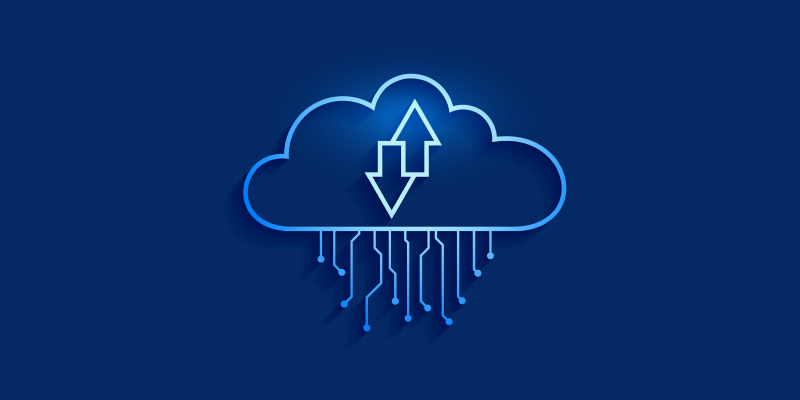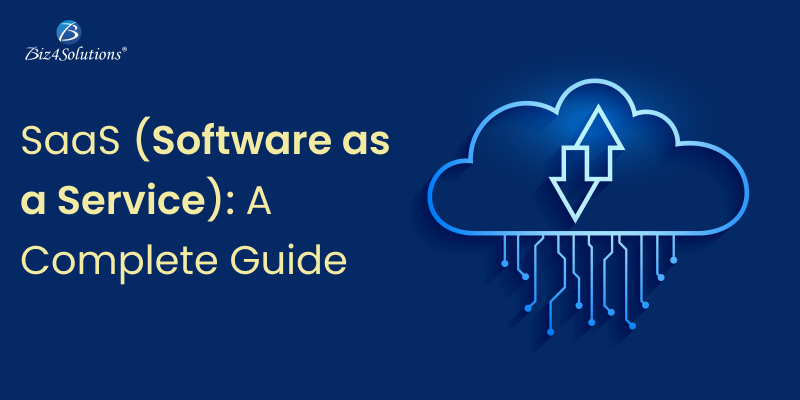Game-Changing Cloud Computing Trends to Watch Out for!
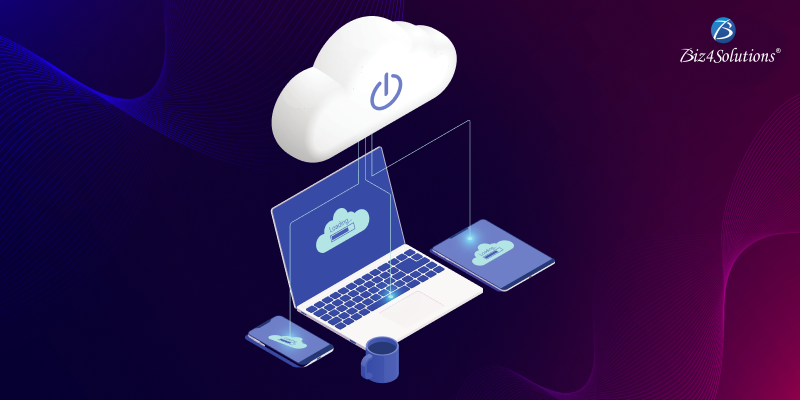
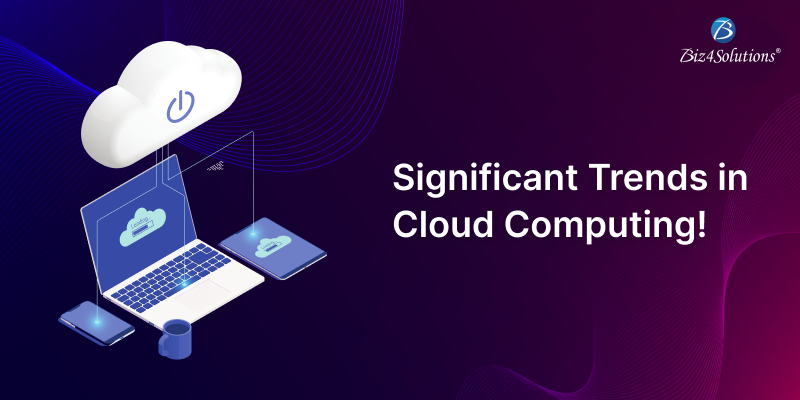
The transformation from traditional infrastructures to a cloud-based environment has been a fascinating development. Over the past two decades, cloud computing has revolutionized the way businesses communicate, store, and exchange information. The adoption of Cloud platforms as an essential tool for businesses has grown significantly. The global pandemic acted as a catalyst for the ongoing shift towards virtualization. Throughout 2020-21, cloud platforms became dominant in nearly every industry, sector, and market worldwide. This trend towards remote work and cloud platforms is expected to continue growing in 2023, with many companies adopting remote work as a permanent model.
Cloud computing refers to the on-demand availability of computer system resources and services delivered over the Internet, including servers, storage, databases, networking, software, analytics, and intelligence. Businesses and individuals can access and use these resources on demand, without having to invest and manage their own physical infrastructure. These days, most enterprises operate in the cloud rather than relying on internal systems. Companies of all sizes utilize cloud architecture to ensure business continuity, reduce costs, and enhance future scalability.
The ease of tasks like buying flight tickets or accessing medical records can be attributed to the services provided by cloud networks. Looking ahead, the cloud computing trends are expected to enable even more technologies such as virtual and augmented reality (VR/AR), the metaverse, cloud gaming, and quantum computing.
Some Interesting Stats About Cloud Computing
Throughout current times, organizations will persist in capitalizing on Cloud services to harness novel and cutting-edge technologies, concurrently propelling operational efficiencies. Here are some notable Key Trends in Cloud Computing that are anticipated to have a significant impact. But before we delve into those, let’s consider some interesting statistics about the cloud services market:
- As per a report published by the online news portal GlobeNewswire and researched by “Precedence Research,” the Cloud computing market will grow at a CAGR of 17.43% from 2022 to 2030, and by 2030, the market value will reach US$ 1,614.10 billion approximately.
- As per a report by CLOUDZERO, from 2010 to 2020, the global cloud market experienced an impressive growth rate, surging from $24.63 billion to $156.4 billion, representing a remarkable increase of 635%.
- According to statistics presented by Accenture, businesses can achieve cost savings of up to 40% by migrating to public cloud services.
- A survey conducted by Accenture uncovered that companies can reduce their energy consumption by up to 65% and decrease their carbon emissions by 84% through the adoption of cloud computing.
Having gained an understanding of the significance of cloud computing through these statistics, let’s now delve into the latest trends shaping the world of cloud computing.
What are the Current Trends in Cloud Computing? Let’s find out
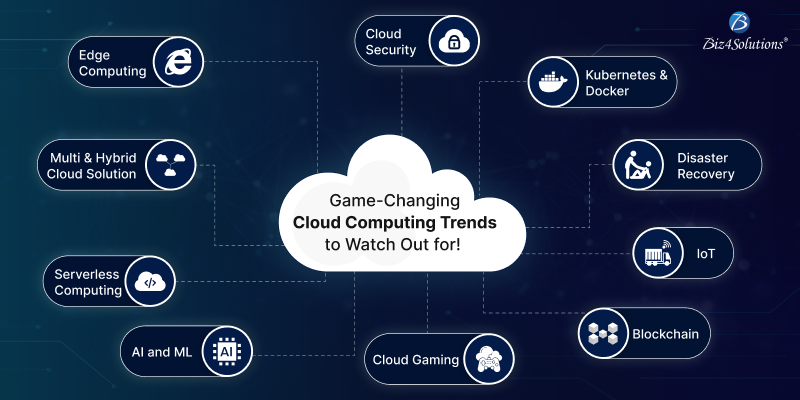
1. Edge Computing
Edge computing stands out as one of the prominent trends in cloud computing, providing substantial benefits. Edge computing involves storing, processing, and analyzing data in close proximity to its source or point of consumption instead of relying on a centralized Cloud infrastructure. In traditional Cloud computing models, data is sent to a remote data center for processing and analysis. However, with edge computing, data processing takes place on local devices or edge servers that are located closer to the data source.
The key idea behind edge computing is to reduce latency and improve real-time processing capabilities. By performing computations at or near the edge of the network, edge computing enables faster response times, as data doesn’t need to traverse long distances to reach a central server. This is particularly important in scenarios where low latency is critical, such as autonomous vehicles, industrial automation, and augmented reality applications.
The extensive use of 5G technology has fueled the growth of edge computing applications. This approach guarantees improved privacy, security, speed, and efficiency. Additionally, edge computing enables companies to streamline operations, automate procedures, enhance performance, and, most importantly, accelerate their digital transformation. As the convergence of telecom and IT companies continues, we can expect edge computing to take center stage, opening up a multitude of opportunities and applications for organizations. According to businesswire, the global edge computing market is expected to reach a value of $250 billion by 2024.
2. AI and ML
Providers now offer Cloud services for artificial intelligence (AI) and machine learning (ML) as several businesses find it challenging to develop their own AI infrastructure due to limited resources. For business enterprises, building and maintaining their own AI infrastructure can be resource-intensive requiring specialized hardware, software, and expertise. The process of gathering data and training algorithms demands substantial computing power and storage space, which can be more economically feasible to rent as a service. Cloud service providers have recognized this demand and have developed AI and ML services that allow businesses to leverage these technologies without the need for significant upfront investments in infrastructure. Hyper-scale cloud service providers like Amazon, Google, and Microsoft leverage their own AI technologies to create cloud services that are increasingly efficient and cost-effective for their customers.
Cloud AI and ML services often include a range of capabilities, such as natural language processing, computer vision, predictive analytics, recommendation systems, and more. They also offer development tools, APIs, and frameworks that enable businesses to build their own custom AI applications and integrate AI capabilities into their existing systems. By utilizing cloud-based AI and ML services, businesses can access powerful computational resources, pre-trained models, and scalable infrastructure that can handle large-scale data processing and analysis. These services provide businesses with the flexibility to experiment with AI and ML technologies, develop and deploy models quickly, and scale their operations as needed.
Looking ahead, several noteworthy trends in cloud computing are expected to emerge in this domain. These include advanced automation and self-learning capabilities, enhanced data security and privacy measures, and more personalized cloud experiences.
3. Cloud Security and Resilience
The transition to cloud infrastructure presents significant opportunities, efficiencies, and convenience, but it also exposes companies and organizations to a fresh array of cybersecurity risks. Moreover, the mounting regulations concerning the storage and utilization of personal data amplify the potential for fines or erosion of customer trust, posing real challenges.
Consequently, there will be an increased focus on investing in cybersecurity measures and building resilience against diverse threats, encompassing data loss and the disruptive impact of global crises like pandemics. However, with many companies aiming to reduce costs amidst an anticipated economic downturn, the priority will be to seek innovative and cost-effective approaches to maintain cybersecurity while maximizing returns on investment.
This pursuit will entail a greater reliance on AI and predictive technologies designed to proactively detect threats before they manifest, as well as a rise in the adoption of managed “security-as-a-service” providers.
4. Multi and Hybrid Cloud Solution
Companies and cloud service providers have recognized that relying on a single cloud technology to meet organizational requirements is not sufficient. Whether it’s Azure or Google Anthos, cloud solution providers have acknowledged the growing demand for multi-cloud compatibility. This is primarily driven by organizations’ desire to leverage the offerings of multiple clouds, rather than confining themselves to a single cloud environment.
These nascent cloud computing trends are anticipated to gain momentum, as indicated by a report from Flexera. According to the report, 87% of respondents have adopted a multi-cloud strategy, with 72% opting for a hybrid approach that combines the use of public and private clouds. These percentages are expected to increase over time as global demand escalates.
The rationale behind this shift is that businesses now comprehend the significance of data management through a combination of suitable cloud deployment strategies, rather than relying solely on a single cloud platform or architecture. In 2023, numerous businesses are seeking multiple vendors for hybrid or multi-cloud deployment to maximize the benefits offered by each solution. Hybrid cloud architecture, which integrates public and private clouds dedicated to specific companies whose data is a critical business driver (e.g., insurance, banks), will be a significant focus. Consequently, Multi and Hybrid Cloud Deployment are poised to be among the prominent cloud trends this year and in the forthcoming years.
5. Kubernetes and Docker
One prominent trend that can be expected is the increased adoption of container orchestration tools like Kubernetes and Docker. These technologies will play a crucial role in the architecture of cloud transformations, enabling scalable and efficient deployments of large-scale software solutions.
Docker is an open-source platform that developers use for packaging apps and their dependencies into portable and lightweight containers. Containers provide consistency across different environments, making it easier to develop and deploy applications. Coming to Kubernetes, it’s an open-source container orchestration platform. It is responsible for automating processes like deployment, scaling, and the management of containerized apps. It provides a framework to manage multiple Docker containers across a cluster of machines. This enables one to efficiently utilize the resources.
In the upcoming years, Kubernetes and Docker, as rapidly evolving technologies, will continue to be key players in the progress of cloud application migration. With the growing popularity of cloud computing services, many businesses are turning to Kubernetes and Docker as practical solutions for effectively managing their cloud installations.
Both Docker and Kubernetes provide a platform for delivering software in containers, which offers numerous benefits for managing cloud deployments:
High Scalability: Containers enable easy scaling of applications, allowing them to handle increased workloads efficiently.
High Efficiency: The isolation provided by containers ensures that applications run smoothly without interference from other processes, enhancing overall efficiency.
Cloud Deployment Automation: Docker and Kubernetes facilitate automated deployment processes, reducing manual intervention and streamlining the deployment workflow.
Flexible Resource Sharing: Containers allow for flexible resource allocation and sharing, enabling optimal utilization of computing resources within the cloud environment.
Quick and Cost-effective Deployment: Docker and Kubernetes enable rapid deployment of applications, reducing time-to-market and associated costs.
In recent versions, Docker has integrated Kubernetes, enabling developers to automate and manage containerized applications built using Docker seamlessly.
6. Disaster Recovery
Running a digitally integrated business involves dealing with data outages, system failures, and cyber-attacks. These challenges often result in the loss of unsaved documents or data due to server or system crashes. To mitigate such incidents and safeguard enterprise processes and infrastructure, disaster recovery and data backup are vital applications of cloud architecture. It offers numerous advantages, including enhanced flexibility, scalability, and reliability.
By securely storing electronic or virtual records of documents on an external cloud server, the enterprise system ensures automatic maintenance. This approach empowers businesses to maintain uninterrupted access to their data and continue operations, even in the face of natural disasters or power outages. Between 2019 and 2022, a staggering 96% of organizations encountered at least one incident of downtime, while 45% of organizations suffered permanent data loss.
7. Serverless Computing
Serverless computing is an emerging paradigm in the realm of cloud computing, with the potential to significantly transform the conventional approach to hosting applications and services. It relieves customers of infrastructure administration and server provisioning responsibilities. Instead, cloud service providers handle the underlying infrastructure and dynamically allocate computing resources based on demand.
In traditional cloud computing, developers have to provision and manage virtual machines or containers to run their applications. With serverless computing, developers can focus solely on writing code for their application logic, without the need to think about servers, scaling, or infrastructure maintenance. In a serverless architecture, on the other hand, applications are divided into smaller units of functionality called functions or serverless functions. These functions are event-driven and are triggered by specific events such as HTTP requests, database changes, or file uploads. When an event occurs, the cloud provider automatically provisions the necessary resources to run the function and executes it. Once the function completes its task, the resources are released, and the developer is only billed for the actual execution time of the function.
Business Benefits of serverless computing include:
- Pay-as-you-go model: No fixed prices for bandwidth or storage.
- The internal team is relieved from server management.
- More time is available for development and new concept creation.
- No need for provisioning complex server clusters.
- Serverless platforms autonomously scale, eliminating the risk of under/over-provisioning.
- Reduced reliance on internal staff for scaling operations.
8. Blockchain
Cloud providers now offer blockchain-as-a-service (BaaS) solutions, empowering businesses to develop and deploy blockchain applications in the Cloud. Blockchain, a growing linked list of records stored in blocks, leverages cryptography for secure data storage. It provides remarkable security, transparency, and decentralization, increasingly complementing cloud technology. Blockchain efficiently processes vast amounts of data, enabling cost-effective and secure document control. While scalability remains a challenge, businesses will continue to explore and expand the possibilities of blockchain due to its seamless compatibility. The deployment and integration of blockchains could become one of the major trends in cloud computing in the coming years.
9. Cloud Gaming
Cloud technology has revolutionized our consumption of movies, TV shows, and music through streaming services like Netflix and Spotify. While streaming video gaming has been slower to gain traction, major players such as Microsoft, Sony, Nvidia, and Amazon are now entering the space.
Cloud gaming refers to a form of gaming where the actual game processing and rendering take place on remote servers or data centers, commonly known as the cloud, rather than on the user’s local device. The game is streamed to the user’s device over the internet, and the user interacts with the game through their device, which acts as a client. With cloud gaming, players can enjoy high-quality gaming experiences on a variety of devices, including smartphones, tablets, computers, and even smart TVs, without the need for powerful hardware. The remote servers handle all the computational tasks, including graphics rendering and game logic, and then stream the video and audio output to the user’s device in real-time.
However, there have been challenges along the way, as evidenced by Google’s retirement of Stadia due to commercial underperformance despite significant investment. One of the key obstacles responsible for Stadia’s failure is the requirement for higher bandwidth, limiting access to those with high-speed internet, which remains a minority.
Nonetheless, the introduction of 5G and other rapid networking technologies should eventually address this issue, potentially making 2023 the year when cloud gaming becomes a significant industry. Google’s underlying technology from Stadia will continue as the foundation for a B2B game streaming service, allowing developers to offer streaming features directly to consumers. As the market continues to grow, cloud providers are heavily investing in cloud gaming.
10. IoT
IoT has emerged as a prominent trend in cloud computing, facilitating connectivity between computers, servers, and networks. Serving as a mediator, the IoT enables seamless communication and efficient data collection from remote devices. It also contributes to resolving alerts and strengthening security protocols, enhancing the overall safety of the cloud environment.
Are You Interested in Building a Top-Class Website or Mobile App?
Summing Up
Thus, the article explores the future trajectory of cloud computing trends. Recent trends in cloud computing indicate that cloud technology has been a significant and enduring force in recent years, and it is poised to maintain its prominence in the coming years. The COVID-19 pandemic has acted as a catalyst for widespread cloud adoption, a trend that will continue to soar in the years to come. The shift from a “purpose-fit for the cloud” approach to a “cloud-first” strategy has already taken place by the end of 2022. In 2023, businesses’ drive for innovation and continuous learning will play a crucial role in mastering cloud solutions.
As cloud usage continues to rise, patterns in cloud computing will evolve. Staying in alignment with these trends will enable your company to leverage the best cloud solutions available in the market. Cloud computing is not only transforming the cost-saving aspects of businesses’ IT requirements but also driving innovation and agility. As the new standard for conducting business, organizations across various sectors are now leveraging the cloud for their daily operations.

